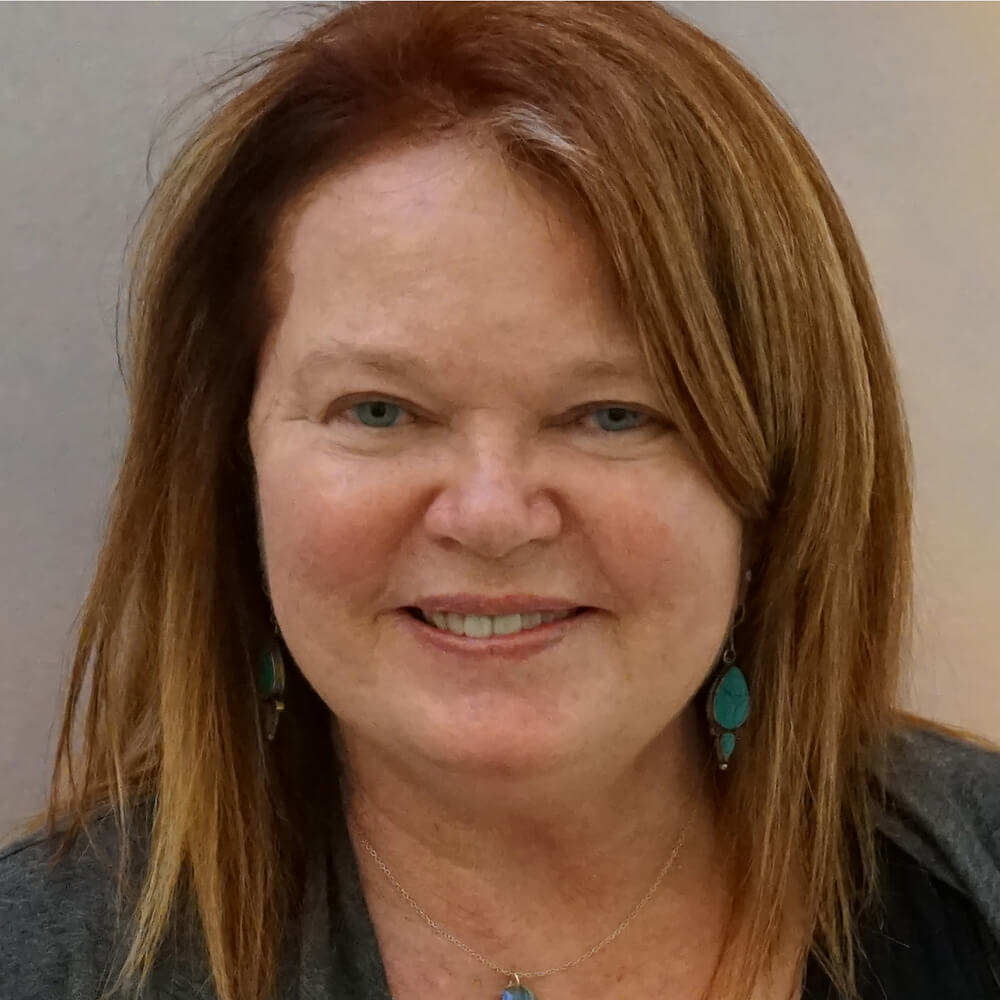I have been a photographer since I received my first camera at age 7.
After receiving a BFA in photography from the University of Minnesota, Summa cum Laude, I went on to earn a MS degree.
I received a Mayoral Proclamation for a project I worked on with the Santa Monica/Malibu School System, teaching educational standards through photography. I also worked with the Boys and Girls Club in Long Beach, California, teaching photography through a grant with the Los Angeles Center of Photography.
I started out photographing images using black & white film, then hand-tinting the prints with photo oils.
As I combined my love of travel with my passion for photography, I transitioned into digital color photography, making images of diverse cultures and environments around the world.
I have worked with several NGOs, including Calcutta Rescue, and the SWIC (Society for the Welfare of Indian Children), both in Calcutta, India.
Currently I'm working on a project with the Ojibwe, a Native American tribe in Minnesota, to capture portraits of the elders, and record their spoken word stories for future generations.
My work has been exhibited globally, including Los Angeles, New York, Minneapolis, Colorado, Washington, Amsterdam, Turkey, Paris, Berlin, and Spain.
